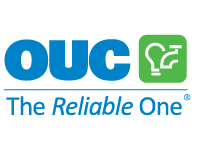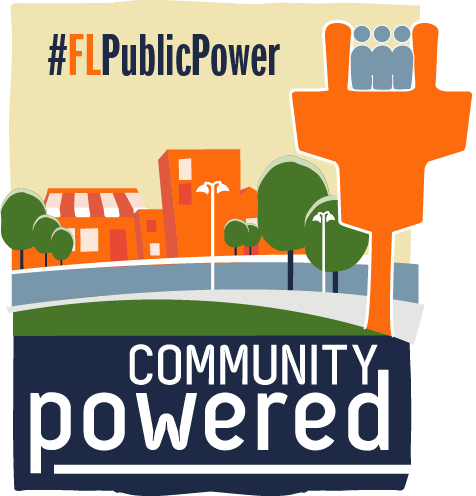OUC Upcycles Concrete to Tackle Weighty Problem of Ocean Conservation
 Utility Donates 200 Tons of Material to Help Create Artificial Reef off Florida’s Coast
Utility Donates 200 Tons of Material to Help Create Artificial Reef off Florida’s Coast
Nearly 200 tons, about 400,000 pounds, of concrete will soon find a new purpose in helping revitalize marine ecosystems off the coast of southeast Florida. OUC – The Reliable One is donating the massive block-shaped material this week to an artificial reef project in partnership with the Coastal Conservation Association Florida and the St. Lucie County Artificial Reef Program.
The concrete came from land OUC recently purchased in St. Cloud to build a new operations and maintenance center, and a future substation – part of the utility’s plans to enhance reliability and resiliency in the Osceola county service area.
OUC transported the concrete to St. Lucie County, where it was loaded onto a 180-ft. cargo freighter, the Voici Bernadette. The ship was donated to St. Lucie County’s Artificial Reef Program by U.S. Customs and Border Protection.
At 8 a.m., on Sunday, June 23, the vessel will be towed to a deployment site approximately 11 miles southeast of the Fort Pierce inlet and sunk in 100 feet of water to create a new habitat and refuge for marine life.
Coordinates for the new reef are: approx. 27° 23.485’N, 80° 02.124’W.
“We’ve proudly served St. Cloud for more than 22 years, and our new operations center is a testament to our commitment to the community,” said Linda Ferrone, Chief Customer Officer, who also oversees the utility’s sustainability efforts. “This project also goes hand in hand with our sustainable initiatives, allowing us to take our efforts beyond our service territory to preserve precious natural resources and help our ocean ecosystem thrive.”
“We understand the many benefits of artificial reefs, to our fisheries, our economies and our members,” said Brian Gorski, CCA Florida Executive Director. “With our partners, we’ve deployed three artificial reefs similar to this structure in the state since last year and we’re looking forward to more.”
In just a few months, the reef will create a live-bottom habitat that will attract and sustain a wide variety of fish, shrimp and crab species for decades.
 Enter your email address in the
Enter your email address in the 